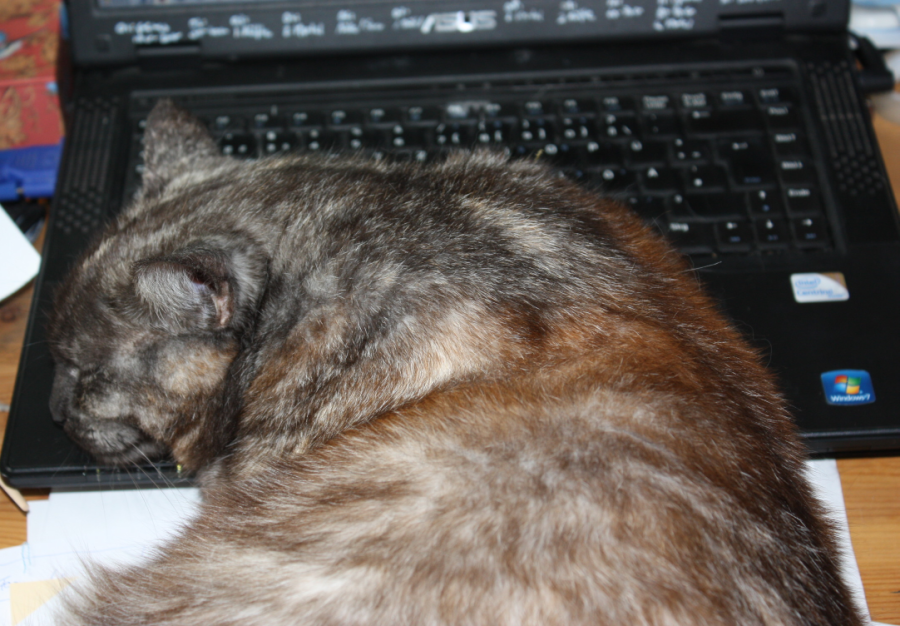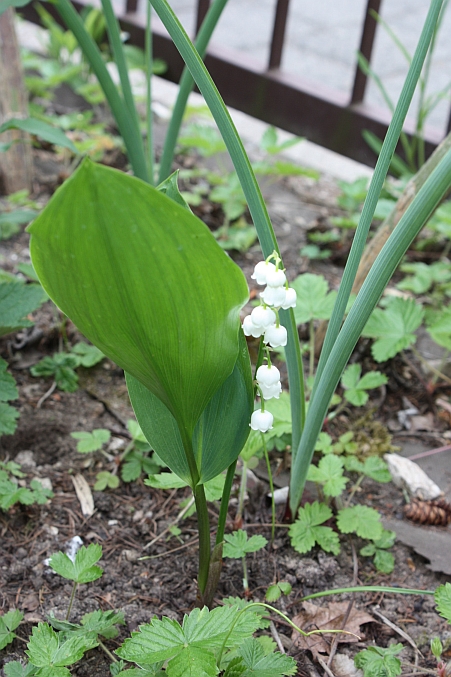Time for a link roundup again!
If you're interested in experimental archaeology, you might enjoy taking a look at the Butser Farm archives - Butser was one of the first places to do experimental archaeology, and still is a famous name among ExArchies.
Fur was an important clothing material right along with textiles - and if you'd like to read some more about it, Cotte Simple has a fur primer (with lots of pictures).
You prefer harder stuff? Like stone? COGA (creation of gothic architecture) is a website with detailed information about building phases of churches in France, for instance for Notre-Dame-du-Fort in Étampes. I find it utterly fascinating!
That was not the hard stuff you were thinking of? Medievalists.net has a link to a paper about medieval women and their recourse to arms.
I will recourse to the spinning thing now. There's still some more yarn to be made...
If you're interested in experimental archaeology, you might enjoy taking a look at the Butser Farm archives - Butser was one of the first places to do experimental archaeology, and still is a famous name among ExArchies.
Fur was an important clothing material right along with textiles - and if you'd like to read some more about it, Cotte Simple has a fur primer (with lots of pictures).
You prefer harder stuff? Like stone? COGA (creation of gothic architecture) is a website with detailed information about building phases of churches in France, for instance for Notre-Dame-du-Fort in Étampes. I find it utterly fascinating!
That was not the hard stuff you were thinking of? Medievalists.net has a link to a paper about medieval women and their recourse to arms.
I will recourse to the spinning thing now. There's still some more yarn to be made...





